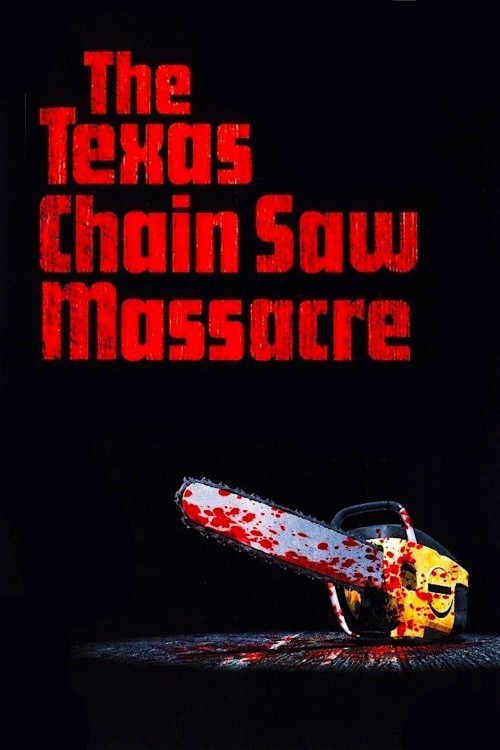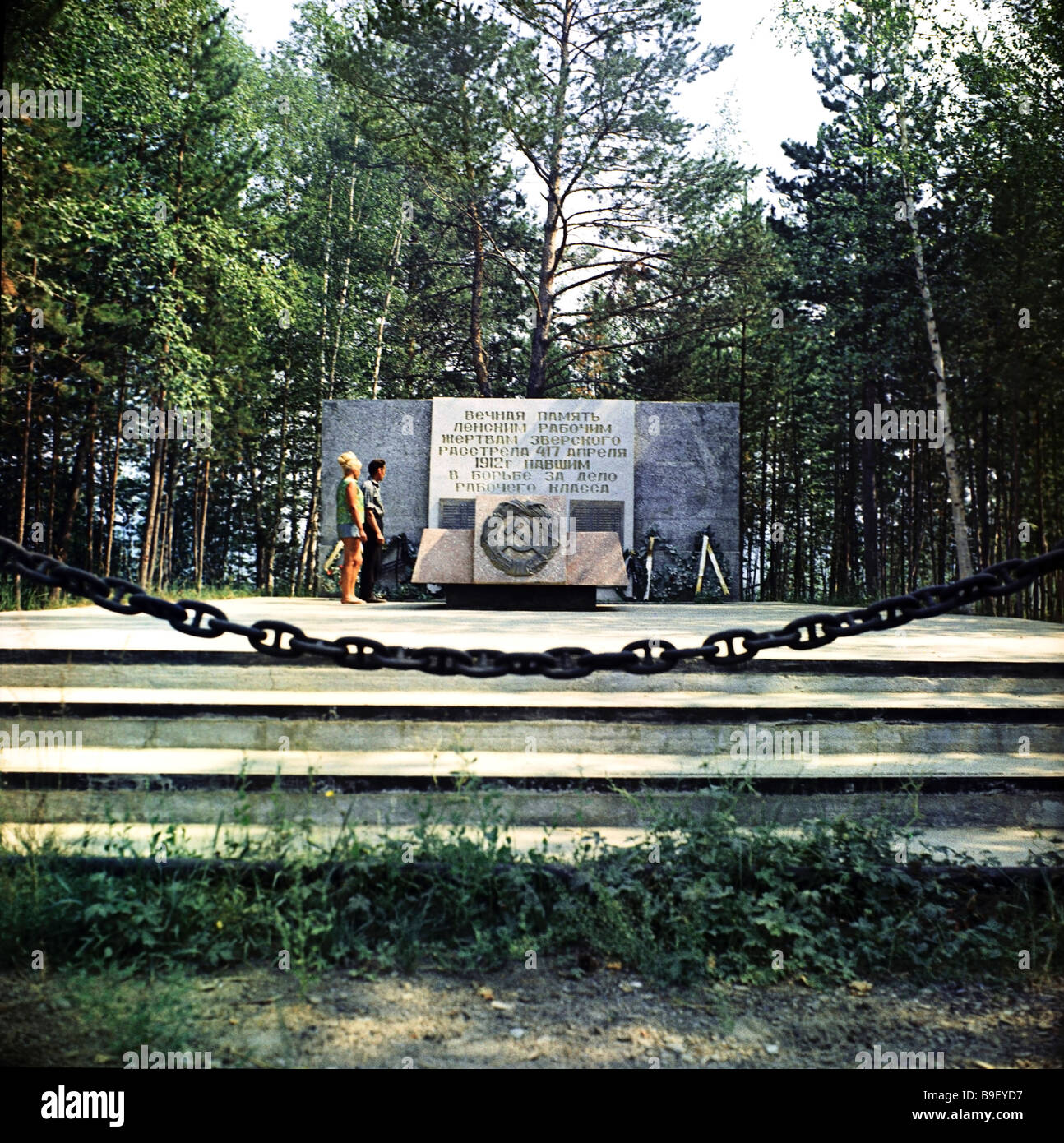
Much like a bad dream where, no matter how hard you try to run, your legs just won't cooperate, 'The Texas Chainsaw Massacre' captures that primal, irrational terror and milks it for every last drop of effectiveness. Yet there's a sustained through-line of (il)logic, that may not make "sense" on a conscious level, but feels subconsciously correct. Screen direction frequently shifts, eye-lines don't match from one shot to the next, and the low-budget conditions often wreak havoc with continuity of lighting, performance, and dialogue. On one level of craftsmanship, 'Texas Chainsaw' would seem to be a mess. It accomplishes that with astonishing fidelity.

As directed by Tobe Hooper and shot by cinematographer Daniel Pearl, the film aims only to reproduce the structure and syntax of a nightmare. The point of 'Texas Chainsaw' is hardly its plot. What follows is about as gruesome and blood-soaked as you can imagine. Stumbling upon a seemingly deserted farmhouse, the kids discover it's really the home of the hitchhiker's even nuttier clan, led by demented patriarch Sawyer and his obese, chainsaw wielding brother Leatherface (Gunnar Hansen). The van of kids promptly kicks him out, but that's only the beginning of the fun. After stopping by a particularly creepy gas station to ask for directions, they pick up a crazy hitchhiker (Edwin Neal) who regales them with tales of the local slaughterhouse, and, in a charming precursor of the horrors to come, slices himself with a razor blade. A group of five friends is making a trip through Texas in search of the grave of a relative. The story is likely familiar to most, and if not, it will likely seem completely generic because it's been ripped-off by just about every slasher film of the past three-and-a-half decades. But perhaps that's besides the point these days - the film exists in our memory banks as a collective nightmare, with images that still hold enough raw visceral power to shock thirty-five years after its original creation. Whether of not that makes 'The Texas Chainsaw Massacre' a legitimately good film is another matter. Just mention the words of the title to someone, and even if they've never seen the film, they'll know exactly what you're talking about. The very definition of '70s grindhouse horror, ' The Texas Chainsaw Massacre' is not only a classic of the genre, but a piece of our shared cultural lexicon. Though difficult to find, this 70-minute BBC documentary is an essential entrée into the genre, featuring prominent British critic and filmmaker Mark Kermode interviewing such major genre players as directors John Carpenter, Wes Craven and Tobe Hooper, as well as legendary make-up artist Tom Savini, Psycho author Joseph Stefano and Leatherface himself, Iceland-born actor and poet Gunnar Hansen.Welcome to the slaughterhouse. Scream and Scream Again: A History of the Slasher Film, 2000 That many of them followed in the immediate wake of The Texas Chain Saw Massacre is a testament to the movie’s lasting impact on cinematic horror. What follows is a completely subjective list of the best movies of the genre.
TEXAS CHAIN SAW MASSACRE GRAVES MOVIE
Still, The Texas Chain Saw Massacre did many slasher movie tropes first and best. Pay particular attention to the ominous tracking shots, which were innovative in their day but have been duplicated to the point of diminished returns. Daniel Pearl’s cinematography is remarkable, particularly given the film’s origins as more or less of a university project. The second point circles back to that camerawork. Rather, the film’s atmosphere of unrelenting terror is so immersive that it is the power of suggestion, supplemented by shrewdly-chosen camera angles and movement, that make viewers think they’re seeing more violence than they actually are. First (and with supreme irony given the film’s reputation), there’s very little actual gore on display. There are two things for the uninitiated to remember if you’re seeing the film with fresh eyes.

Imagine a cinematic landscape without Michael Myers, Freddy Krueger, Freddy Voorhees, Errol Childress (the scarred killer in the recent True Detective) or any of other homicidal maniac characters created in the wake of director Tobe Hooper’s game-changing 1974 horror film The Texas Chain Saw Massacre.Īll these guys wouldn’t even exist without Leatherface, the chain saw-wielding, skin-mask wearing member of a family of laid-off slaughterhouse workers who murder passing strangers and serve them as smoked meat treats at their dilapidated petrol station (which, of course, has no petrol).


 0 kommentar(er)
0 kommentar(er)
